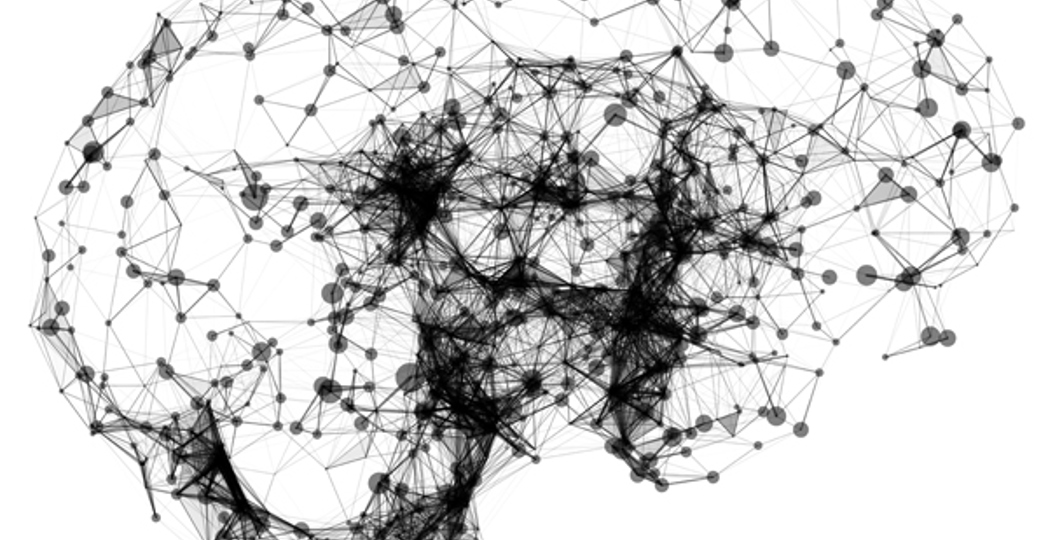Best Doctors: 3 Rising Mental Health Treatments
by James Bigley II | Aug. 1, 2018 | 12:00 PM

Each of us presents and responds differently to developmental disorders and mental health issues. Luckily, modern innovations and technological advances are paving the way for new treatments and preventative measures that are effective and efficient. Dr. Molly McVoy, University Hospitals’ program director of child and adolescent psychiatry fellowship, talks about three innovative studies on the rise.
Making Waves
McVoy is piloting a study of depressed teens ages 14 to 17 in which she uses a quantitative electroencephalogram to compare their brain wave patterns against a healthy controlled population in an effort to identify biomarkers for depression. “Eventually, if that shows promise, then we can predict if there are certain kinds of medicine or therapy they’ll respond to,” says McVoy.
Social Studies
People with autism spectrum disorder often deal with treatable secondary conditions such as anxiety and sleeping problems. But we’ve yet to address the social and communication skill issues characteristic of being on the spectrum. Part of a national study, University Hospitals is studying high-functioning kids with autism ages 5 to 17 to test the effectiveness of balovaptan, a drug that blocks the hormone vasopressin and allows oxytocin to flow more freely. “Perhaps it allows oxytocin to work better and it’ll facilitate that bond that you would see and want in kids with autism,” says McVoy. “This would allow children on the spectrum to develop relationships in a way they haven’t before.”
Think Fast
According to the Centers for Disease Control and Prevention, suicide is now the second leading cause of death among adolescents. A new national trial aims to address that problem by administering esketamine — an intranasal anesthetic — to teens ages 14 to 17 within 24 hours of presenting acute suicidal tendencies and severe depression while following their progress in an inpatient facility. “The hope is to turn around that feeling of hopelessness quickly in a way that we can’t at the moment,” says McVoy.
Trending
-
1
-
2
-
3
-
4
-
5










